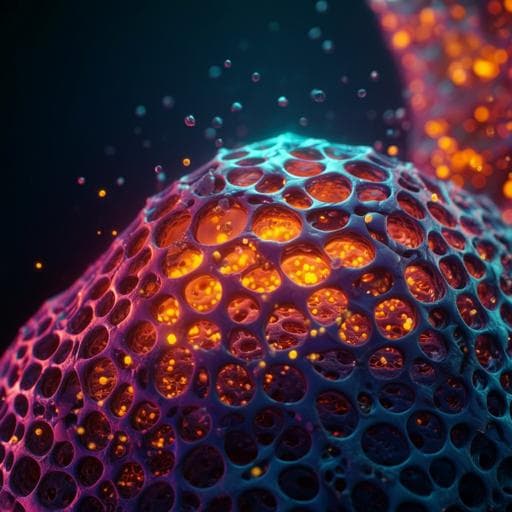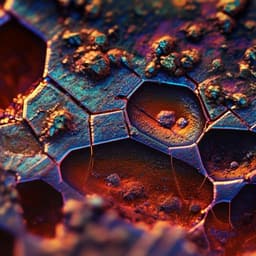
Chemistry
Atomic resolution tracking of nerve-agent simulant decomposition and host metal-organic framework response in real space
M. W. Terban, S. K. Ghose, et al.
Discover how metal-organic frameworks (MOFs) like UiO-67 can revolutionize chemical warfare agent filtration by effectively capturing and decomposing harmful substances. This groundbreaking research was conducted by an expert team that sheds light on the intricate interactions between MOFs and nerve-agent simulants.
~3 min • Beginner • English
Related Publications
Explore these studies to deepen your understanding of the subject.







